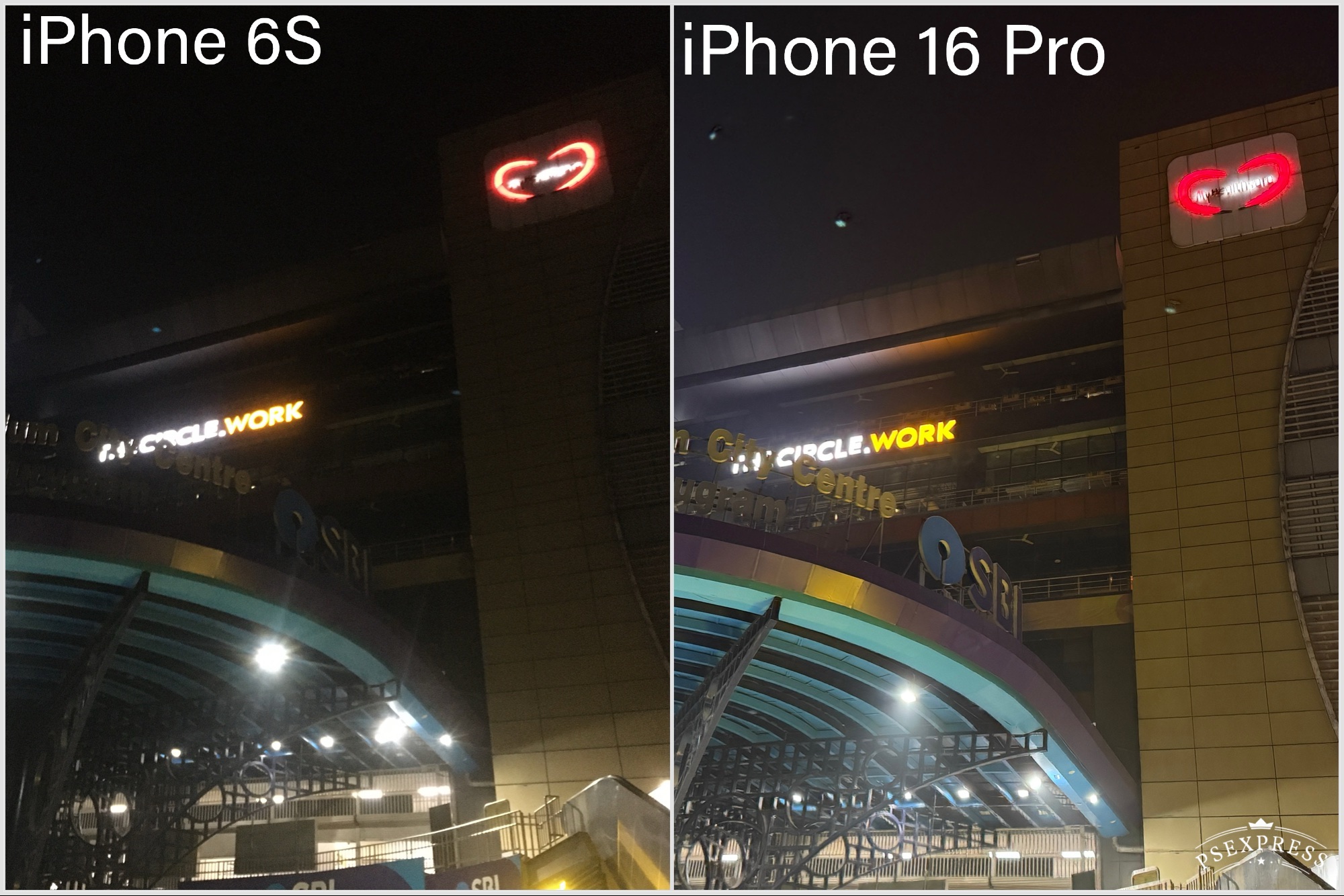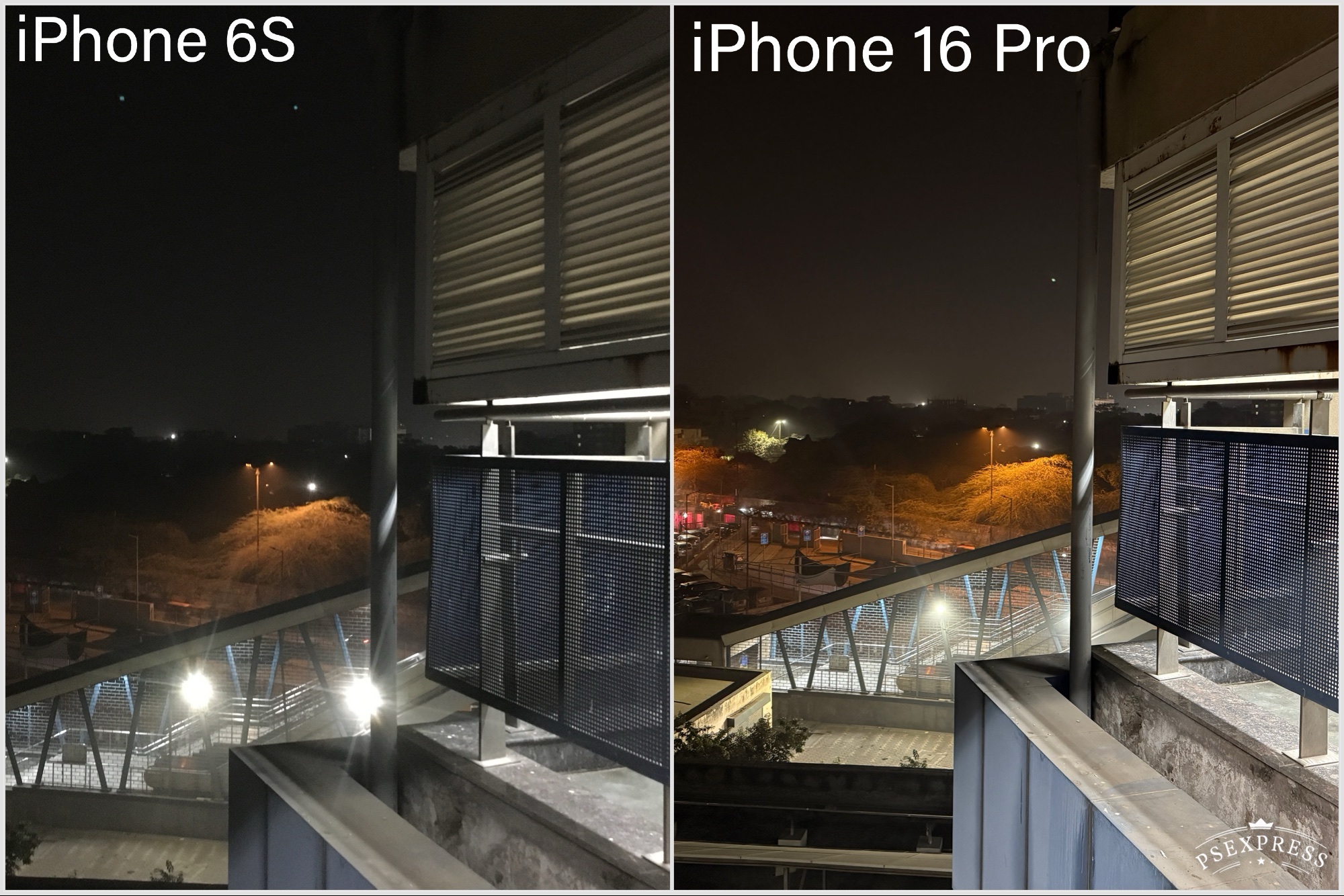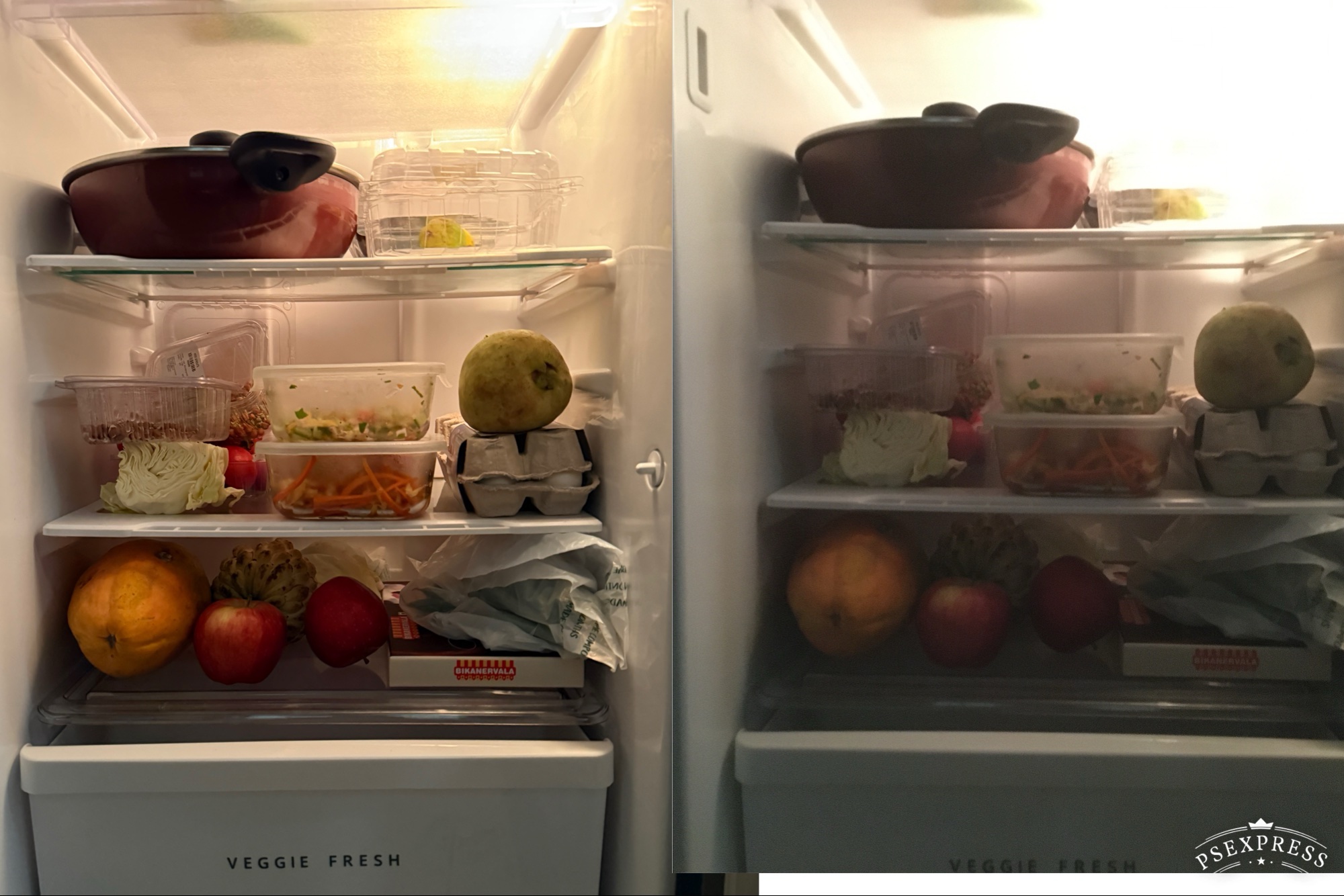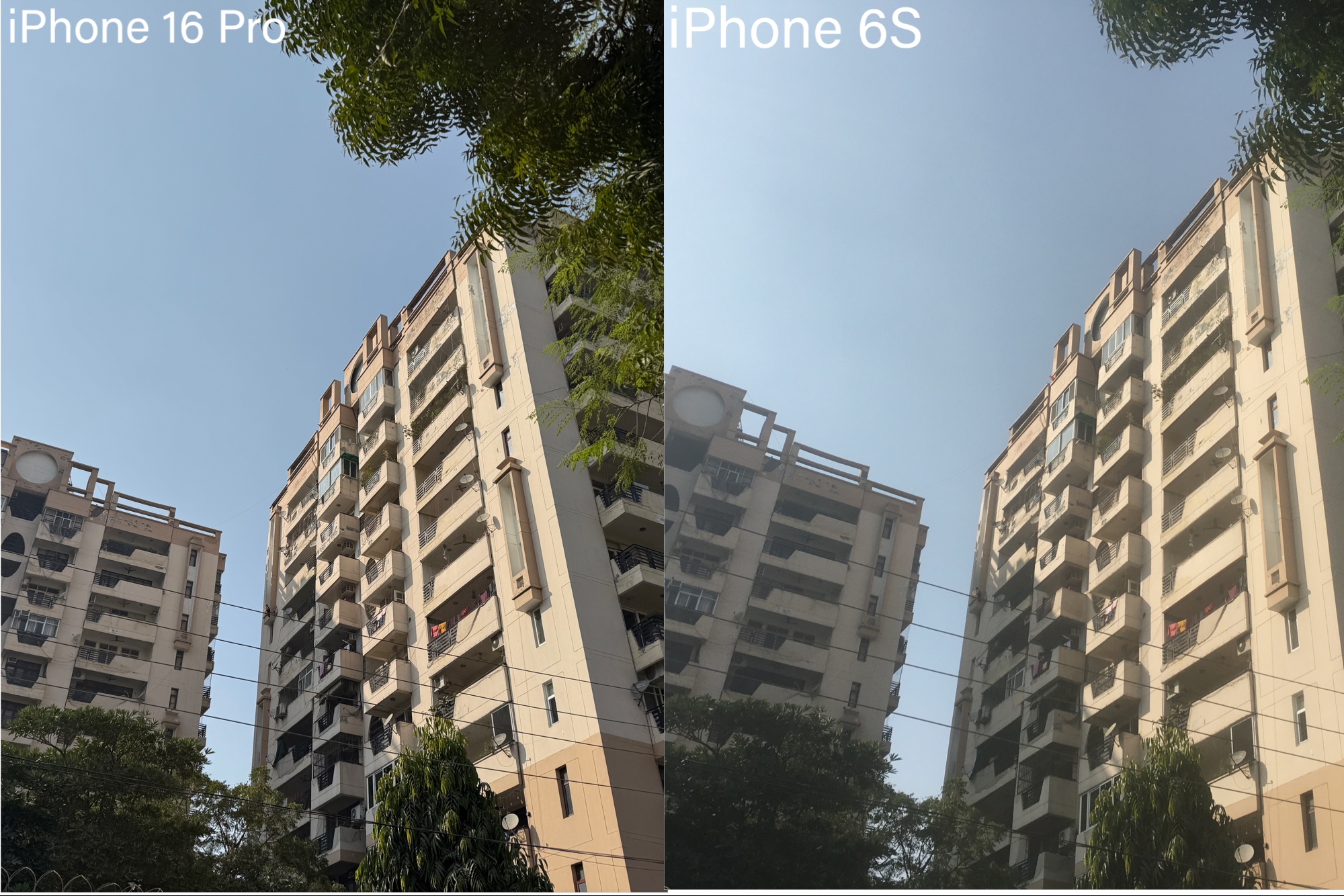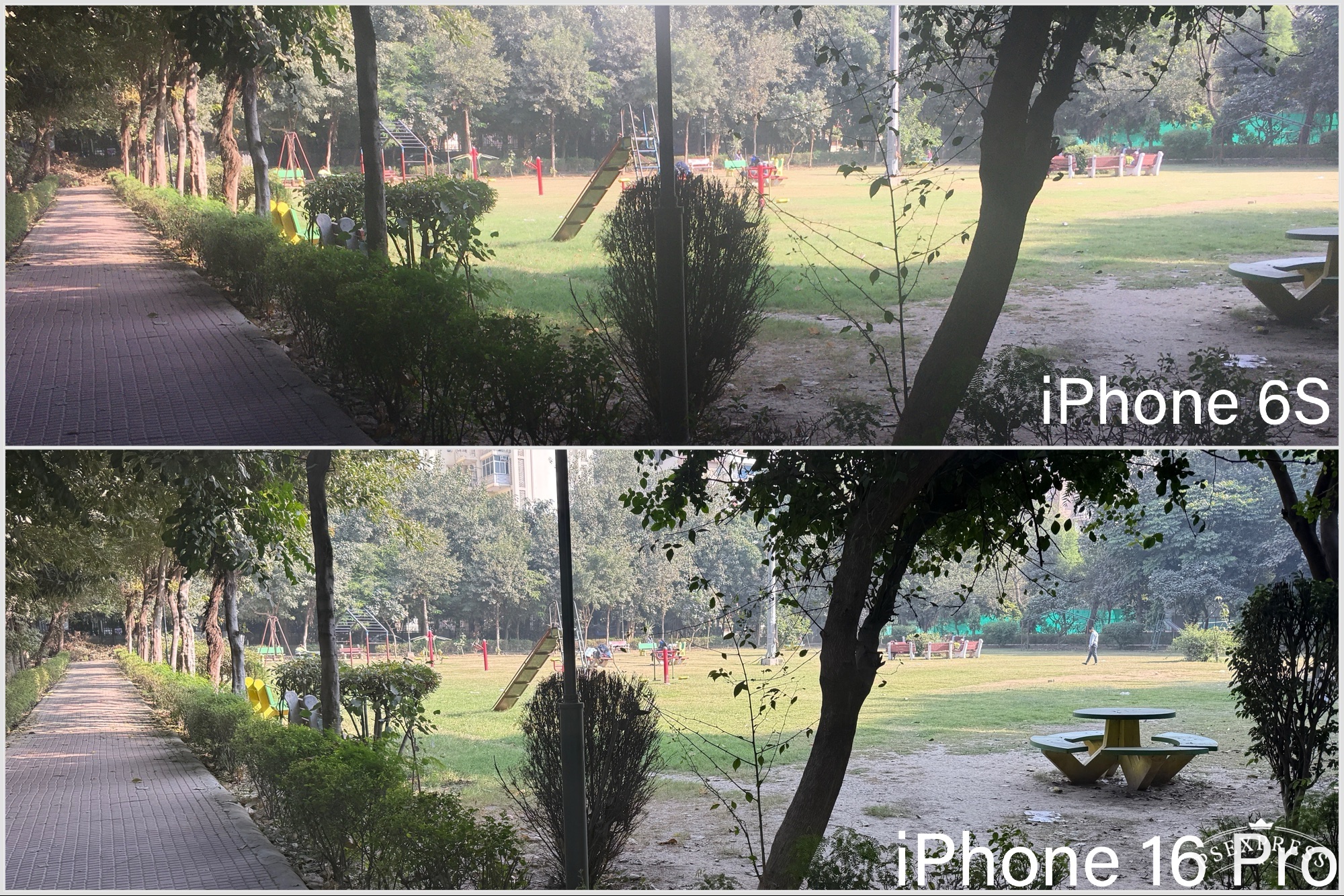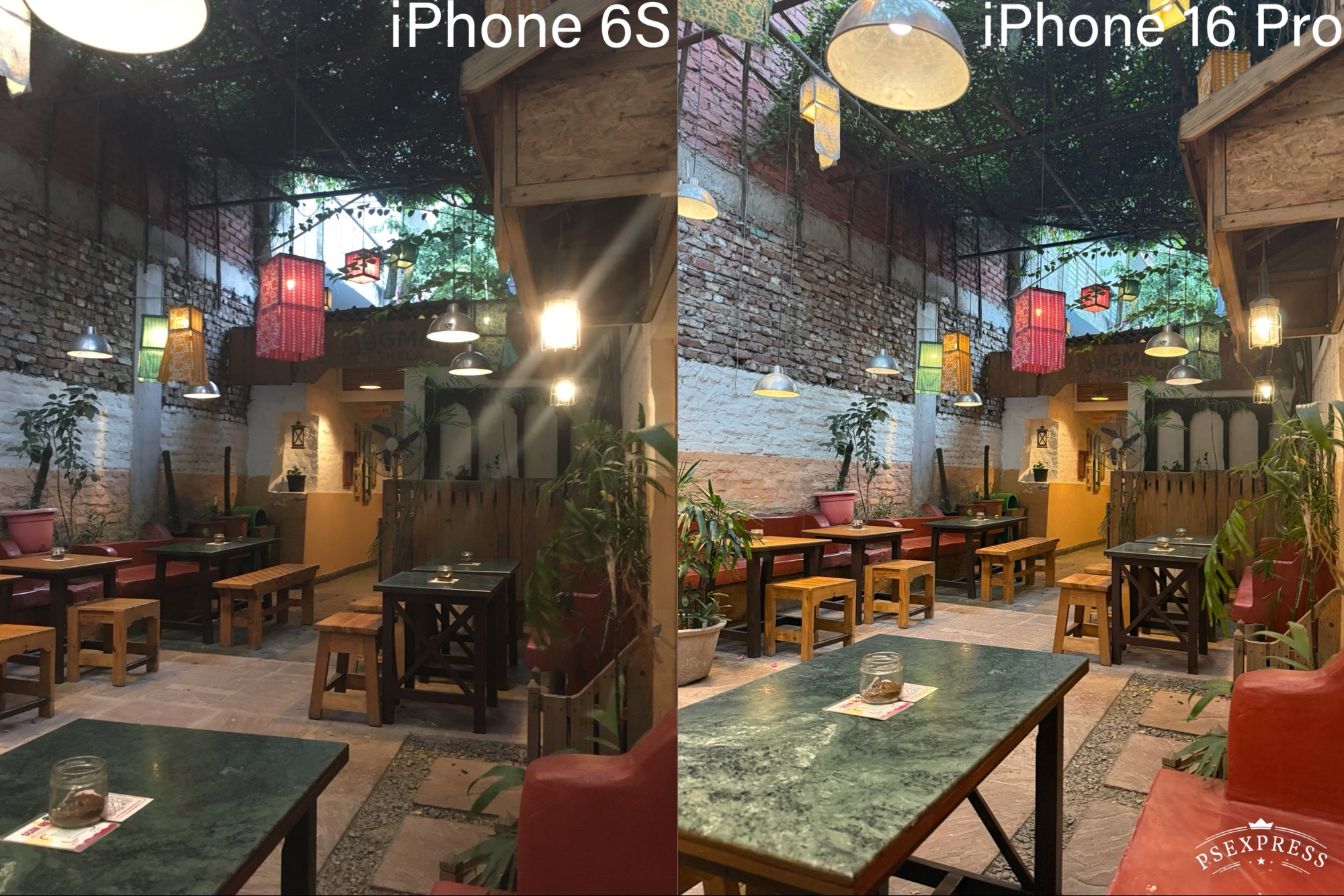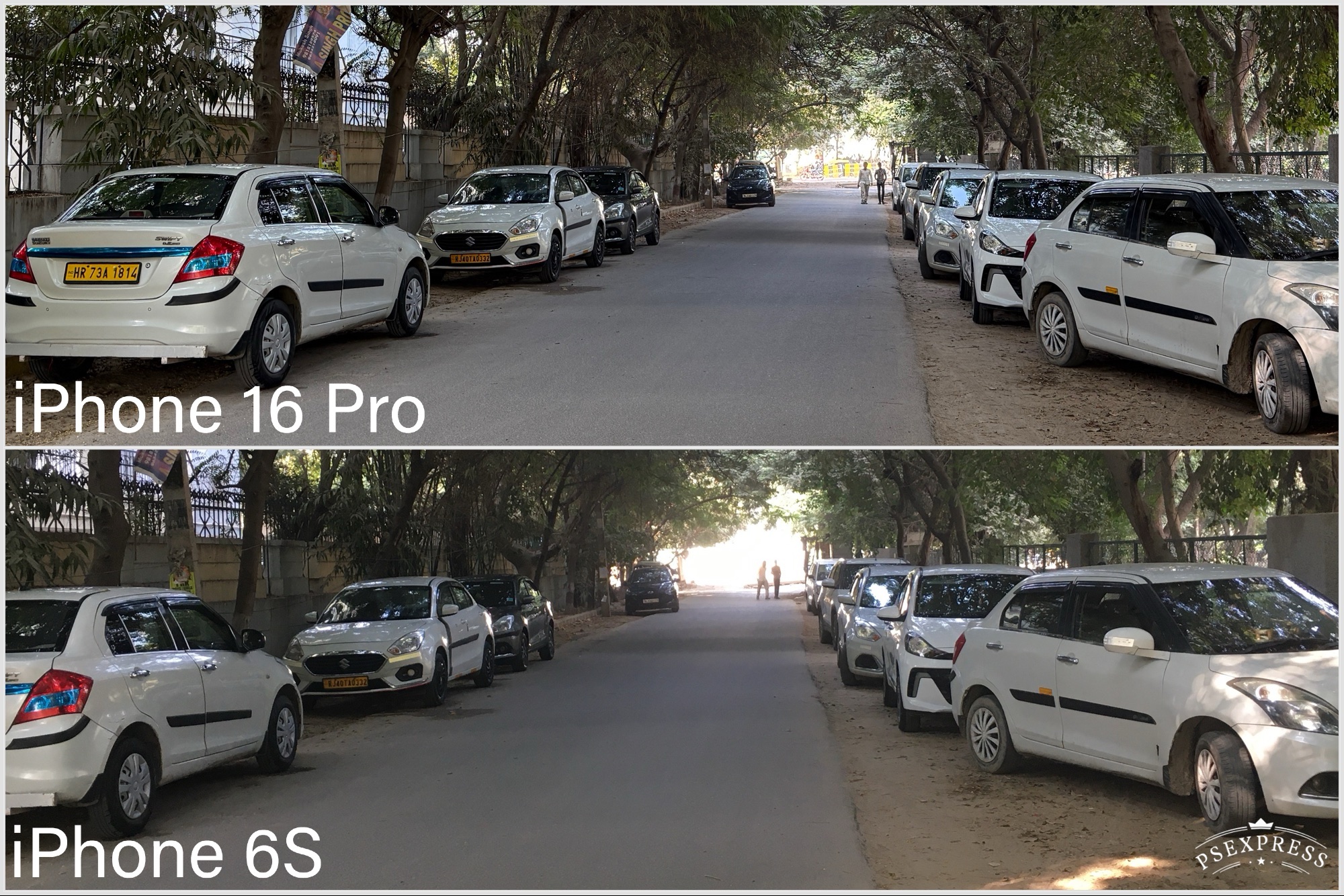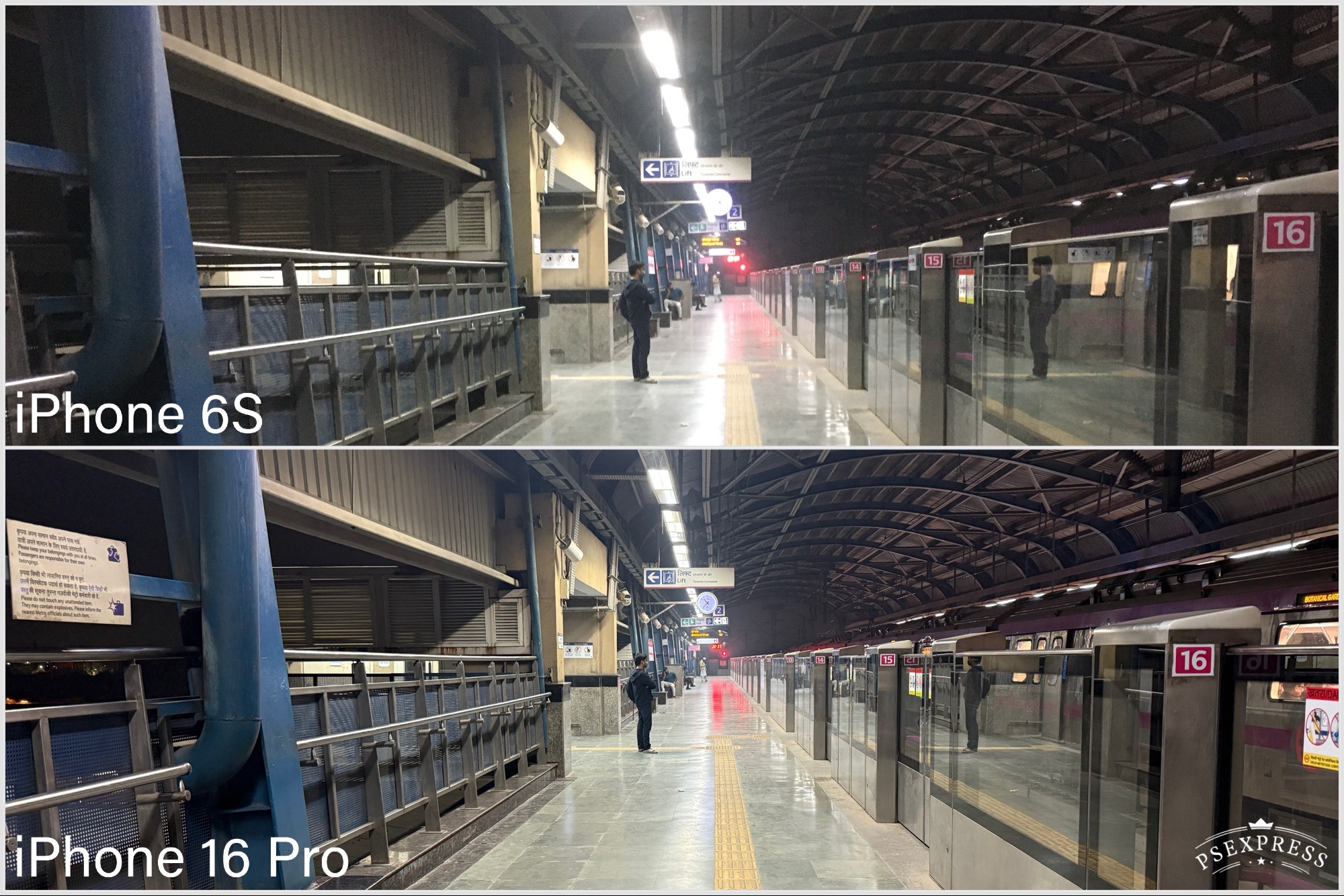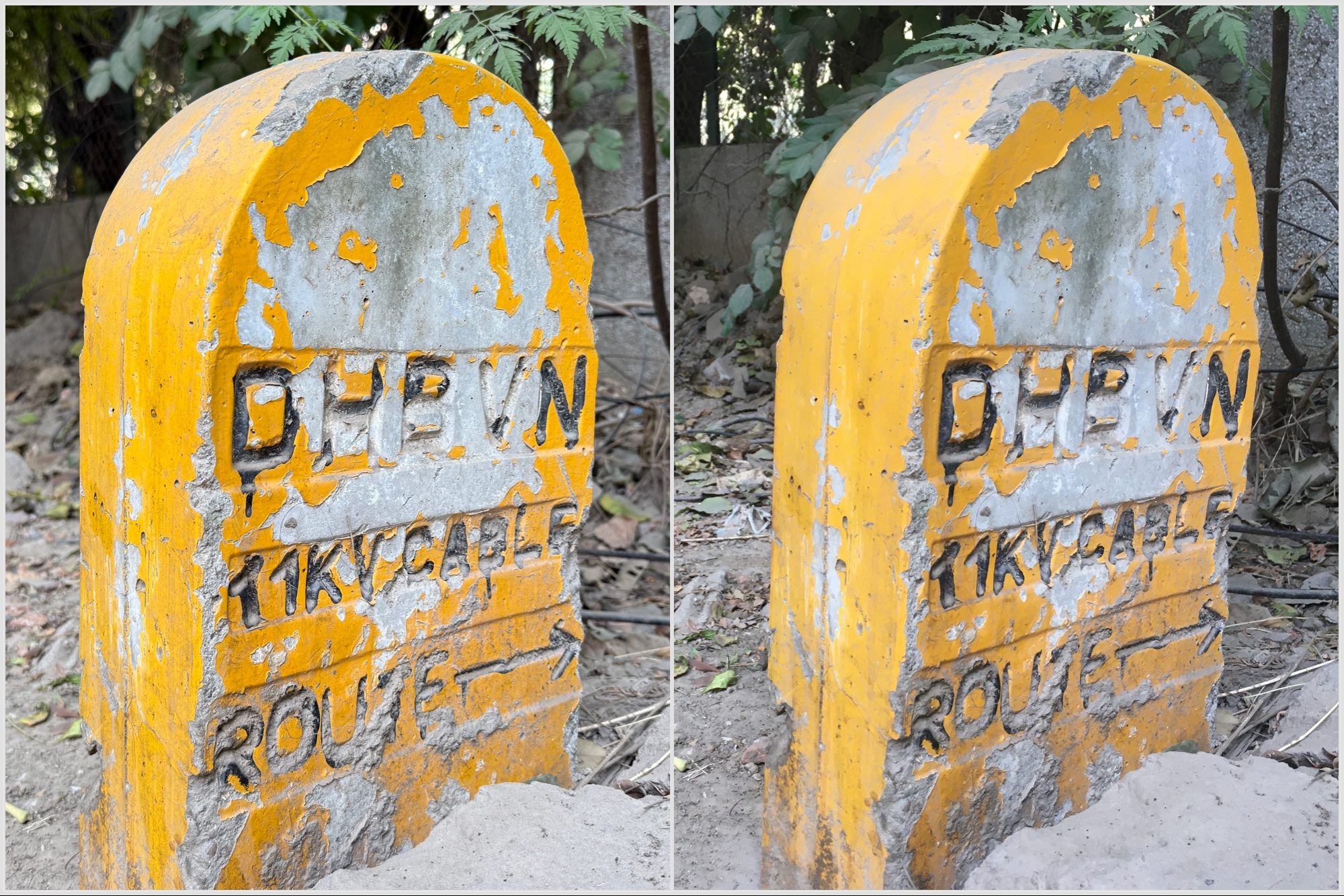The iPhone 16 Pro has amassed quite some enviable reputation as a pocket camera powerhouse, and for good reasons. This time around, Apple focused as much on “prosumer” features as it did on tricks that an average person won’t have a hard time figuring out.
Take the new Photographic Styles system, for example. I have been equally impressed with the new 4K/120-frames-per-second capture mode with the audio mixing system in tow. All that revelry got me wondering just how far we’ve come in terms of iPhone photography within the span of a decade.
To gauge that, I got my hands on an iPhone 6s — yes, those can still be found in refurbished or even sealed state — for a fraction of its original asking price. Remember, the iPhone 6S itself was quite a camera leap at launch.
It began the era of 12-megapixel sensors on the iPhones, a trend that lives to this day, including the iPhone 16 Pro’s telephoto sensor. It also paved the way forward for 4K video capture on smartphones and introduced the Live Photos system, too.
Apple also equipped the iPhone 6s with a self-designed image signal processor (ISP) and armed it with an improved iteration of the Focus Pixels tech, which was essentially the company’s take on Phase Detection Autofocus (PFAF) tech.
The sum total of all those innovations was a camera that eased the chore of clicking good pictures. It wasn’t quite a day-and-night upgrade over rivals like the LG G4 and the Samsung Galaxy S6 back then, but the Apple smartphone was still a venerable snapper on its own.
Over a decade later, how does the iPhone 6s stack up to the latest iPhone 16 Pro? Naturally, I found out.
Obvious contest. Unexpected surprises
So, how do the two phones compare? Not too bad, I’d say. There are some obvious compromises, of course. The stabilization and the shutter response on the latest Apple flagship are leagues ahead.
The HDR pipeline is far better with exposure; you get a portrait capture perk, and the larger sensor can push dramatically more details in the frame. If you were to get into the nitty-gritty, a lot is unabashedly lacking on the iPhone 6s from a comparative lens.
Strong highlights are handled poorly by the iPhone 6s, shadows are crushed, the exposure compensation is haphazard, and the frame edges are almost noticeably softer.
Those shortcomings are expected, especially when dealing with a camera with a megapixel count that’s four times behind, narrower aperture, no proper depth estimation pipeline, and the usual set of benefits from pixel binning and computational techniques.
Interestingly, with a bit of patient framing and exposure adjustment, the photos clicked by the iPhone 6s still serve an acceptable level of sharpness. Take a look at this picture of my unnaturally restless cat and the level of detail retained in the frame.
Low-light capture, expectedly, happens to be the weakest area, as you can clearly see from the fuzzy edges, noise artifacts, and muted colors in the comparison shots below.
That, however, doesn’t mean the iPhone 6s camera is total trash. Quite the contrary. Take this picture of roots hanging from a Banyan tree. The iPhone 6s gets a tad ambitious with the exposure; the highlights leave much room for improvement, and the surface details are also crushed.
The output from the decade-old iPhone is not terrible, and if that’s all you have to work on, there is plenty of room to salvage it.
I enhanced the contrast, slightly increased the saturation, boosted the texture details, and adjusted the highlights to get the image you see below. All those adjustments were made in the native Photos app editor, which is missing a lot of options compared to modern-age iPhones.
I had planned to replicate the iPhone 16 Pro’s color chemistry, which leans more toward the colder side. But I realized that the edited iPhone 6s click leaned closer to what my eyes saw.
In a few scenarios, the iPhone 6s seemingly has the upper hand. In the frame below depicting a fire extinguisher, the iPhone 16 Pro (left) aims for a higher ISO mark and saturation. In doing so, the subject gets an unnaturally vibrant character.
The iPhone 6s stays closer to the actual color tone of the subject, especially with respect to the external illumination. Notice the colors on the valve at the top and how realistically gritty it looks.
That’s primarily because of the algorithmic processing and its love for over-saturation. The iPhone 16 Pro scores points for better shadow control, surface detailing, and background elements, in particular.
In the image below, you can notice the disparity in color temperature and the overall tonality. The bigger surprise, however, is the close competition between two cameras that arrived a decade apart.
Another reason why this picture astounded me is because the iPhone 16 Pro instantly switched to macro mode. The iPhone 6s doesn’t offer any macro capture capabilities, but it still produced a fantastic shot.
The only reason I would pick the iPhone 16 Pro’s click in this contest is because there is more surface definition and depth. To an average person who merely seeks to preserve memories, these differences matter the moment you start looking deep.
If you can avoid debates about stuff like native ISO inclinations, the iPhone 16 Pro would still win because there is more definition, punchier colors, tighter control over light sources, and less fuzziness in pictures clicked by it compared to the iPhone 6s.
Yet, for someone aware of what they see in a photo — and what they want — the iPhone 6s camera still offers enough tapestry to make them look appealing with merely a few slider adjustments right within the phone’s photo editor.
The cat pictured above is your typical opportunistic beast lurking around cafe tables in a state of persistent agitation. And yes, it did manage to run away with a whole shawarma roll from my plate.
It was hard to click a non-blurry picture even with the iPhone 16 Pro, despite its faster shutter and dramatically quicker focus lock. The iPhone 6s couldn’t possibly fare any better. Yet, the results still look appealing after a brief stint in Photoshop Express.
The above image also came as a shocker to me because the iPhone 6s managed a close-range shot with a single sensor without any macro mode processing. It is softer than the 24MP Fusion image from the iPhone 16 Pro but still acceptable for social sharing.
Overall, the iPhone 16 Pro is a hardware-software imaging beast, and I hold it in high regard as a reliable snapper. However, I was not prepared for just how well the iPhone 6s would hold up a decade later despite being massively underpowered at every single parameter.
A love story, with evidence
When I first took out the iPhone 6s for a spin, I was prepared for a massive letdown. Instead, what I captured proved to be a pleasant surprise. That primarily has to do with the progress Apple has made with the processing pipeline of iPhone cameras.
In the decade that elapsed since the iPhone 6s hit the store shelves, Apple introduced camera technologies such as Deep Fusion and Photonic Engine. From good-old sensor-level processing, Apple eventually shifted to Neural Engine acceleration and computational techniques.
The result is a total reimagination of how photos are created. The latest iPhone combines long and short exposure frames to provide pictures with more depth, deeper textures, and a higher saturation profile.
On occasions, all that AI and machine learning goes overboard, giving you a frame that looks nothing like what your eyes perceive. It is acceptable for Night Mode pictures where you need to expose more elements in the frame, but not for daylight shots.
In side-by-side comparisons, I noticed that the iPhone 6s pictures had somewhat of a flat, film-like character to them compared to the punchy clicks I got from the iPhone 16 Pro. Another notable difference is the persistent haze-like feel in the pictures.
If you are someone who appreciates grain and noise in their pictures for that vintage feel, the iPhone 6s will serve that by the oodles as soon as you launch the camera in dimly lit surroundings. I also believe filters are a clever way to mask some of the pitfalls.
Photos with the soft B&W filter and the one with the blue-ish grunge tone look stunning straight out of the camera. Compared to the iPhone 16 Pro, the iPhone 6s’ 12-megapixel primary camera can’t quite figure out the highlights around bright light sources.
Thankfully, lowering the ISO helps tone the aggressive luminance in the pictures and add some chroma character to it in post-edits. Personally, I am strongly drawn toward softer pictures.
That’s primarily because they are much easier to touch up compared to hi-res images with a lot of algorithmic correction applied to them. Photos clicked by the iPhone 6s hit that sweet spot for me.
But it’s not just about individual inclinations. With filters slapped on top or a bit of post-capture edits applied, some of the low-light shots clicked by the iPhone 6s look hauntingly good.
These photos retain an almost pristine look devoid of any aggressive sharpening or denoising that is a hallmark of modern-age smartphones like the iPhone 16 Pro. Or, as any veteran photographer will tell you, “Embrace the noise.”
Yes, there are limitations even if you restrict yourself to monochrome capture, especially against harsh light, but with a bit of angle adjustment and linear frame adjustment, you can definitely get clicks worthy of “aesthetic” social media circles. What’s amiss is the lift in saturation and subject exposure you get from modern cameras, such as those from Night Sight on Google Pixels or the new crop of iPhones.
At the end of the day, I was utterly floored by how much I ended up liking the iPhone 6s camera output. It’s far from perfect, but it can still handle Instagram expectations.
Alternatively, if artistic photography is merely an indulgence for you, or fixing bad photos into attention-grabbers is how you flex your editing muscles, the iPhone 6s is a delicious challenge.
If you have one lying around, I suggest taking the old warrior out for some retro-style urban photography or artistic fun. You might end up adoring the results, like I did.
